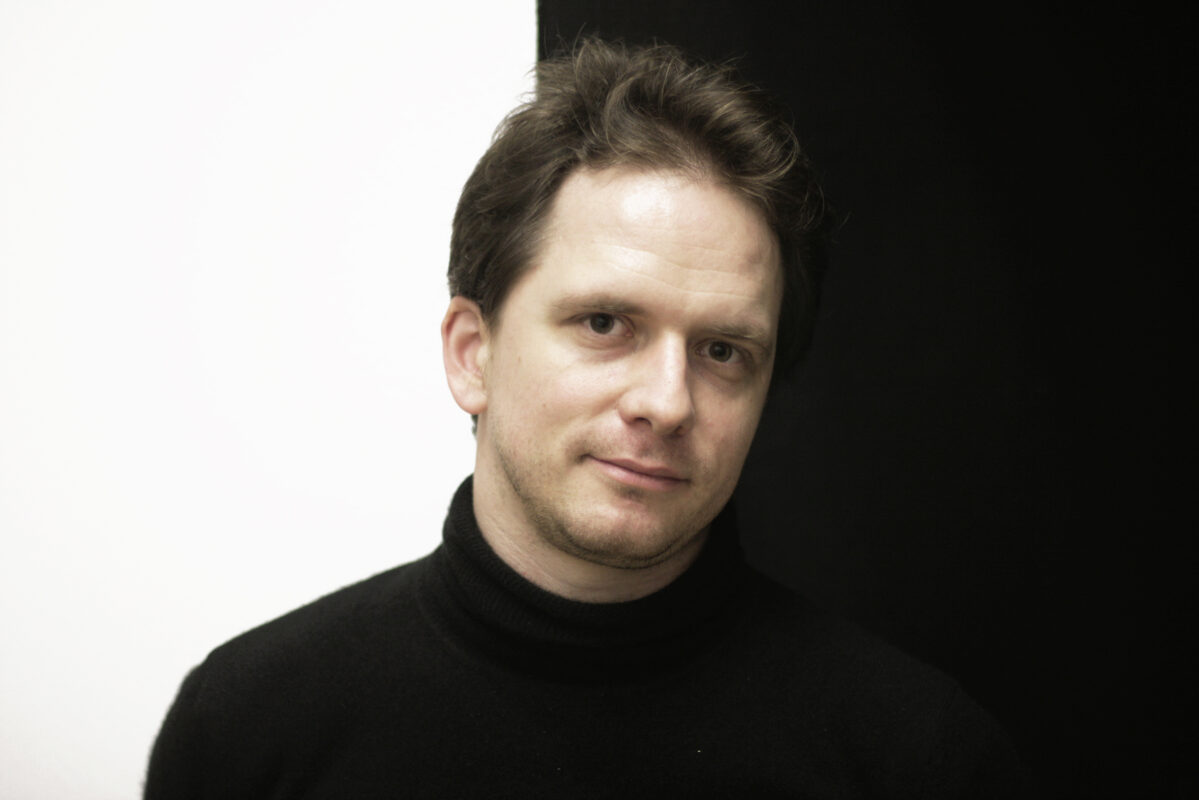Emile Jaques-Dalcroze: a visionary of our time
150 years ago, a major figure in the history of music in French-speaking Switzerland and around the world was born. Unfortunately, many did not immediately believe in his innovative message. Some went so far as to describe his rhythmic approach to music education as childish. The years have proven them largely wrong. And that's only fair.

The year 2015 was studded with a wide variety of events paying tribute to this illustrious figure. The event that struck us the most was the show Le Tourbillon Jaques-Dalcroze (or the tales of Emile... and a life)at the Théâtre du Jorat. Emile Jaques-Dalcroze was present in all his facets, from the string quartet, to "children's" songs, solo works, the choir and even Emile himself, at the corner of the stage with his mischievous, critical eye. For me, a magical moment that I won't soon forget. It's easy to forget Dalcroze and his Violin Concerto. There have been times when I've been confronted by musicologists eager to recognize a masterpiece by a composer "simply from French-speaking Switzerland.
In Hellerau, Germany, Emile Jaques-Dalcroze was given a building worthy of his genial pedagogy. Alas, his outspoken Swissness and sincere words earned him a hasty return home. History can also be wrong. Emile paid the price, proving that "not all truths are worth telling".
Et pan dans l'Emilea timely publication
We are all familiar with Marie-Christine Papillon's overflowing activity at the helm of her publishing house of the same name, and in particular her Mélophiles collection, which features a happy selection of musicians and composers who might otherwise have been overlooked.
To mark the anniversary of Emile Jaques-Dalcroze's birth, we are publishing a book entitled Pan dans l'Emile. Twelve songs are collected, arranged and "diverted" by Pascal Chenu, Olivier Rogg and Laurent Sourisse. Choristers from the Institut Jaques-Dalcroze and the Geneva Conservatory of Music are the architects of this project. Musical direction is by Cécile Polin-Rogg. The book takes the form of a notation of Dalcroze's songs, accompanied by a figured bass. A CD accompanies this publication, which we warmly recommend to schools and, why not, to choirs in French-speaking Switzerland. They'll love it. It's also an opportunity to sing Emile revisited by talented Genevan musicians.
-

- Le Tourbillon Jaques-Dalcroze (ou les contes d'Emile... et une vie), at the Théâtre du Jorat. Photo: IJD
Other punctuations in the form of a final bouquet
To round off 2015, pianist Adalberto Maria Riva, with the help of producer VDE Gallo, has just made a discovery for us in his series devoted to Swiss composers. Indeed, the Ballade opus 46 n° 1 for piano is all too rarely played, even though it is a jewel of piano music. The Gallo 1468 CD gives us more than a glimpse.
The Sinfonietta de Lausanne, conducted by Marc Leroy-Cattahud, closed its season at the Casino de Montbenon with the Second Violin Concerto opus 46 no 1. Ballade. Violinist Alexandra Soumm was the soloist in this work, which is also not often featured in concert programs.
Claire Kuschnig and Anne Pellois's book, published by Slatkine, cannot be ignored. Rhythm, a revolution focuses on an important stage in Dalcroze's life in Hellerau(D), where "his temple of rhythm" still stands. When it is said, wrongly, that no one is a prophet in his own country, well, this year 2015 Emile Jaques-Dalcroze will have proved the contrary.
It's never too late to do the right thing... Those who defend his work have given living proof of this.








